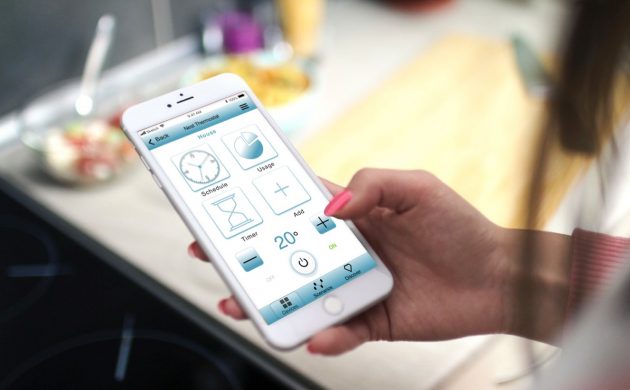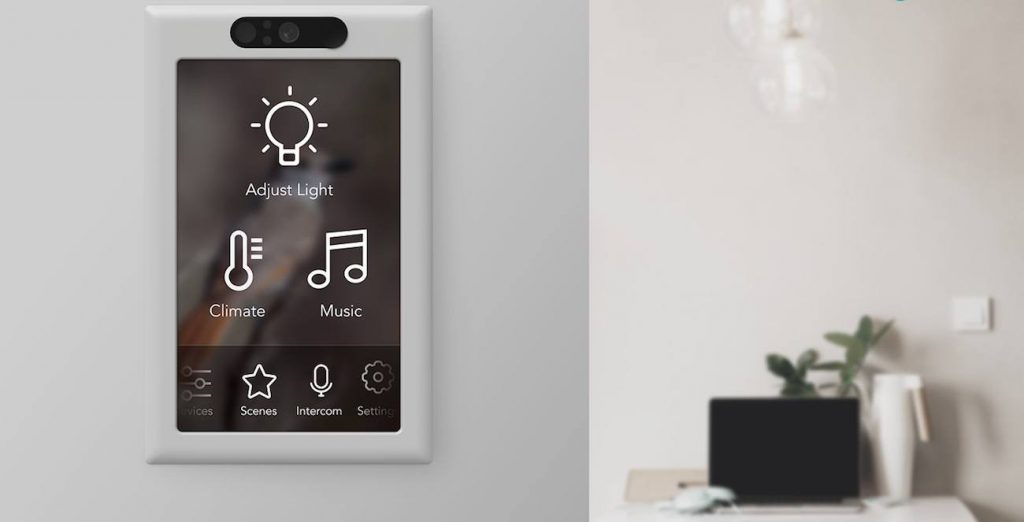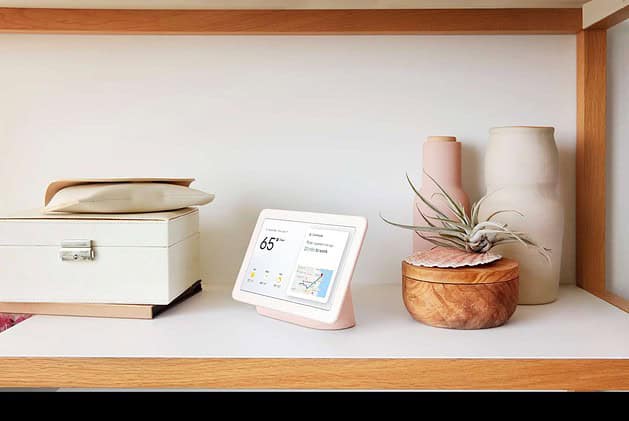According to Avast, more than 30,000 smart home tech systems are vulnerable to hacking.
It’s a scary thought, especially when you consider that most of these systems include smart locks, alarms, and similar first-line-of-defense devices. And then there are hackable smart TVs, baby monitors, and cameras, which criminals can use to spy on you.
It’s like another episode of Netflix’s Black Mirror, only with real-life consequences.
Does this mean that you should unplug your favorite smart gadgets and start running your household manually again? Of course not. Smart home tech has too many benefits to be dismissed altogether. It’s enough to be aware of the risks and to act on avoiding them.
Here’s how smart homes get hacked and what you can do about it.
Why Centralized Systems Are Flawed
Smart home platforms are conveniently centralized.
Every new piece of home tech goes into an existing network of smart devices that are connected to prove the many benefits of a newly popularized concept called the Internet of Things (IoT).
And of course, they all are being managed from the same place – a centralized smart home hub such as Google’s Nest app, for instance. This allows you to control everything using one platform.
There’s an obvious flaw to this system.
Say you have ten or more interconnected devices in your home, including a smart bulb. We’ll go on and presume that your laptop is well-protected against malware and hacking. The same goes for your smart lock, but did you take the time to configure the security settings for your light bulb, too?
Probably not.
By hacking this minor device, cybercriminals can gain access to your smart home hub and breach all other devices from there. Don’t forget, all these devices communicate with one another.
The Many Dangers of Mass Production
A recent study conducted by two College of William & Mary tech scientists revealed that smart home tech vulnerabilities go beyond devices that users usually don’t associate with home security. Even doorbells and smart cameras can be easily hacked.
The study authors attribute this to the mass production of smart devices: “Because these devices are mass manufactured, you can buy a specific camera and figure out its weaknesses, then use it against any other person with the same camera.”
The Message Queuing Telemetry Transport
But the IoT has another weak spot.
The so-called Message Queuing Telemetry Transport, or MQTT for short is a protocol applied to interconnect and control smart home devices via smart home dashboards and hubs. By itself, MQTT is not a threat to any smart home. The problem is, MQTT’s configuration is often off.
This opens another entry point to hackers, as they can break into smart homes through unprotected MQTT servers, smart home dashboards, smart hub software, or tracking features that notify certain smart devices of the homeowner’s arrival (automatic door unlocking, for instance).
How to Keep Your Smart Home Protected

We won’t tell you to get rid of your smart home devices.
What we’re offering instead is a list of security tips you can employ right now.
● Get familiar with your smart home hub security settings.
Spend some time going through security configurations for every device you own and customize who can access them, when, and how.
Also, keep the devices you’re not using on an everyday basis off the network. This will minimize the number of entry points to your system.
● Keep all your devices password protected and use 2FA.
Thumbprints, eye scans, and one-time passcodes create an extra layer of security around your smart home system. Whenever you can, use multifactor authentication.
● Regularly run updates on all your smart home devices.
Set up your phone alarm to remind you to update your smart devices every month. By doing that, you’re staying one step ahead of the criminals.
● Isolate your main computer and encrypt sensitive data.
Learn how to split your main network in two using a VLAN and keep your main computer on a separate internet connection.
If you encrypt your sensitive data in addition to that, there’s a pretty slim chance that someone would be able to break into your computer and steal your data.
● Use a mobile VPN to disguise your phone’s IP address.
Many smart home devices are controlled via smartphone apps that need to stay connected to the internet. This makes your system especially vulnerable.
The best way to avoid the risk is to use a mobile VPN, which masks your IP address, user data, and online behavior by connecting you to a remote server.
Conclusion
Employ these easy-to-implement tips and always stay in the loop with the newest security issues to get the most out of your smart home system.
Most importantly, stay smart when using your smart devices.
















